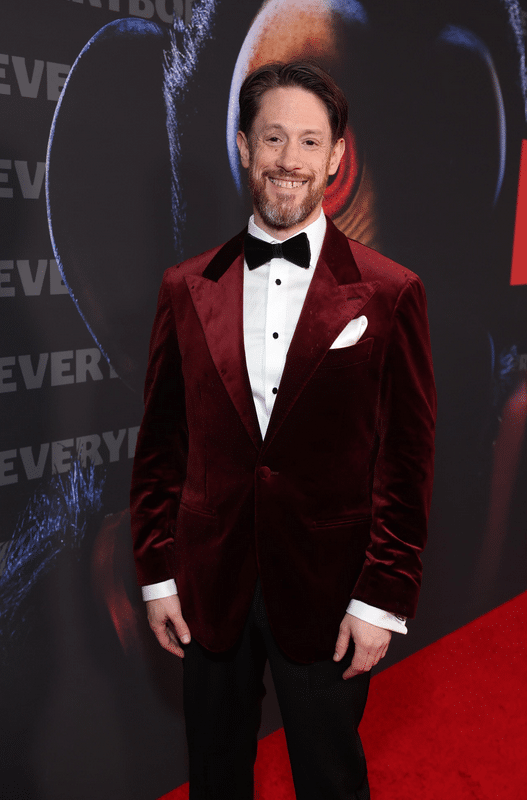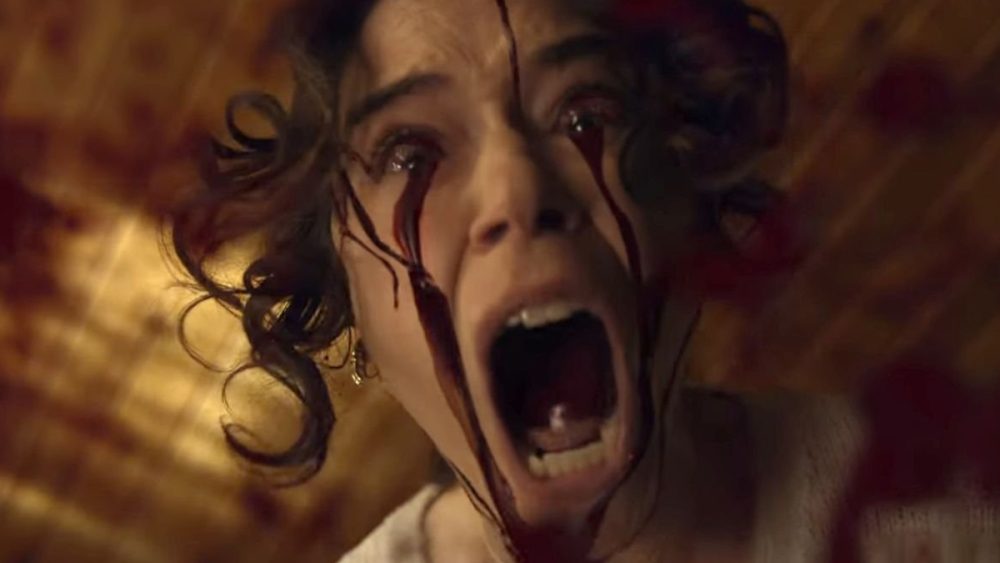Gory horror comedies might be difficult to tug off, particularly given their propensity to enter senseless slapstick territory and keep there. Once they work, although, they permit audiences to seamlessly combine in screams with laughter to create distinctive takes on horror. Peter Jackson achieved this along with his movies Lifeless Alive (often known as Braindead, 1992) and Dangerous Style (1987), each gleefully violent motion pictures that discover humor in exaggerated types of violence (in Lifeless Alive a priest makes use of his karate abilities to struggle decaying zombies with simply removable limbs). Sam Raimi did it with Evil Lifeless II (1987) and Military of Darkness (1992), increase his Ash character as one of many funniest badasses within the style. Osgood Perkins has his personal nice horror comedy in The Monkey, by which loss of life simply piles up in spectacularly gory methods.
One of many foremost the explanation why The Monkey works is as a result of every of the numerous deaths that happen onscreen are expertly crafted and shot to make the funnier bits shine via as explicitly as it will probably. Quite a lot of that is owed to the film’s VFX supervisor Edward Douglas and his workforce. All of them managed to craft a sequence of deaths that borrowed extra from the Looney Tunes somewhat than Lucio Fulci (although he would’ve been pleased with what he noticed had he been round for it), however with a watch to include each kinds of violence.


The cartoonish components listed here are injected with beneficiant doses of blood that assure continued shocks to the senses all through. If Elmer Fudd shot Bugs Bunny within the face in The Monkey’s world, his options can be utterly rearranged in order that pores and skin flaps, brains, and damaged bones would get the punchline throughout. There’s not a wasted loss of life sequence in sight in The Monkey, which implies Douglas and workforce had loads of canvases to experiment with to make them as grotesque as attainable.
The Beat sat down with Edward Douglas (whose work contains the online game Mass Impact 2 and Want for Pace: Most Wished) to speak the mechanics of constructing loss of life humorous and the way it differs from the way in which violence is shot in additional critical tasks.
RICARDO SERRANO: There are a couple of key variations in tone and violence to be discovered within the unique Stephen King brief story the film’s primarily based on. That stated, how did the supply materials affect the feel and appear of the large display screen model?
EDWARD DOUGLAS: My leaping off level was Osgood Perkins’ script, at each level. That is an Osgood movie. It’s his adaptation and it exhibits how his love for the King story, and he’s spoken on document about how he needed to evolve it and put his personal stamp on it. It’s a darkish movie and it’s a hilarious movie, this final half being totally different from the supply. However every thing we did was primarily based on Oz’s imaginative and prescient. It actually grounded us when it comes to find out how to help him and assist him create the movie he needed to place on the market.

SERRANO: You labored with Perkins earlier than, on Longlegs. How do these two experiences differ? Was there a shared language there you fell again on?
DOUGLAS: We completely had a shared language on The Monkey. Nevertheless it was additionally an evolution of our work collectively. And it wasn’t solely like this for me. A lot of the Longlegs crew moved on to The Monkey, from producers to our assistant director to our manufacturing design workforce and the props workforce. Regardless that this one is a really totally different movie tonally, it’s nonetheless very a lot an Osgood movie. We had been capable of proceed shut relationships whereas nurturing the language we shared beforehand. That he needed to come back again and do one other movie with the identical folks was a tremendous present of belief for us.
He did set up what was totally different. Longlegs was a darkish, ominous, brooding movie rooted in satanic horror and issues like The Silence of the Lambs. It’s a procedural, and there’s not one little bit of any of that in The Monkey. He was very clear early on about tonal references and one of many guiding concepts right here can be Looney Tunes. It additionally had a little bit of Gremlins in there when it got here to excesses and the gratuitousness, however I keep in mind he had talked about how he needed it to really feel like a Eighties Robert Zemeckis movie on acid. The variety of instances we talked concerning the blood and guts cannon was absurd. At one level we mentioned how a lot blood really matches in a single particular person. On this film, it’s at the least 3 times the quantity.
SERRANO: How did this determine into conversations about sensible results vs. CGI? Was one model higher suited to the story or was the mix essential to get probably the most out of the idea?
DOUGLAS: There was by no means a dialog about sensible versus CGI. It was all the time a dialog on what’s the handiest software to create this second. Usually for me, it’s about understanding the imaginative and prescient of the shot or sequence whereas working with the director and the script on the identical time. It’s discovering the best and probably the most environment friendly means of making a specific scene that achieves the aim. And generally which means we’re going to create one thing on set that can go for lots of the gap. We then add or mix items collectively in visible results later to attain what we visualized.
For me, visible results for The Monkey was about wanting on the issues that might occur, making them ridiculous, after which determining find out how to do them with buckets of blood and gore. We’re right here to assist inform the story for the director on the subject of issues which are unimaginable, impractical, too costly, or too unsafe to movie. If we would like folks to run round with their heads lit on fireplace or their our bodies falling aside, we have to weigh our choices and get inventive.

SERRANO: It seems like being a VFX supervisor is type of being an orchestra conductor. You would possibly go “blood on this wall, physique elements falling down from up there.” Is that the way you see it?
DOUGLAS: I all the time really feel like I’m serving to somebody inform a narrative. I do like the concept of orchestration. You actually are coping with a number of transferring elements whereas making an attempt to determine find out how to obtain what’s unimaginable to movie for actual. This implies working with each division, the director of pictures, the manufacturing designer, the particular results workforce, the stunt workforce, the editor, and the producers. Typically there are issues that we’d like to movie for actual, nevertheless it doesn’t make sense virtually or we all know that if we will obtain it and make it look good with sufficient visible results, then we do the extra wise one (or not). Typically it’s about find out how to present higher use of our assets somewhat than, say, constructing an infinite set that we might solely see as soon as in all the film and solely very briefly.
Each movie brings its personal challenges, and that tells you ways you’re going to be working with the workforce. Plenty of my job helps everybody visualize what the tip product will probably be. That could possibly be via storyboard, idea artwork, something actually. We then make sure that all of the items are in place. My background is definitely in cinematography. I then moved into digital cinematography and digital storytelling in video video games. These experiences all made me see each single factor accessible to me as a possible software, a useful resource I can use someplace to do my half in constructing a bigger narrative.
The Monkey is now accessible on VOD.




